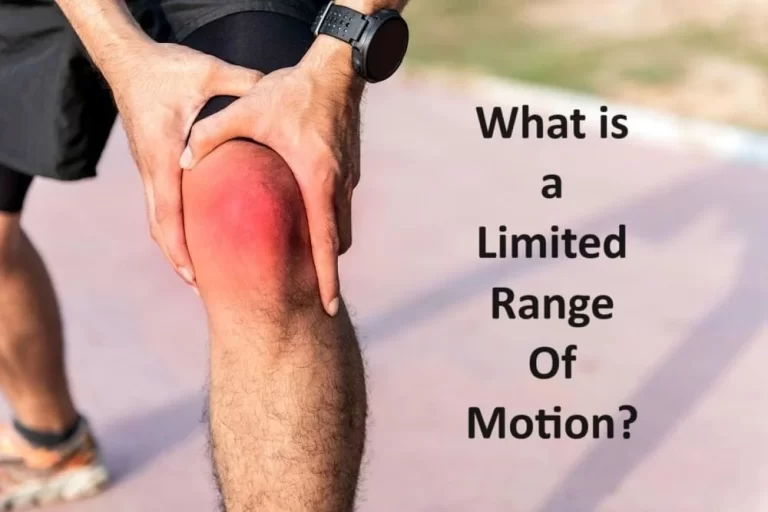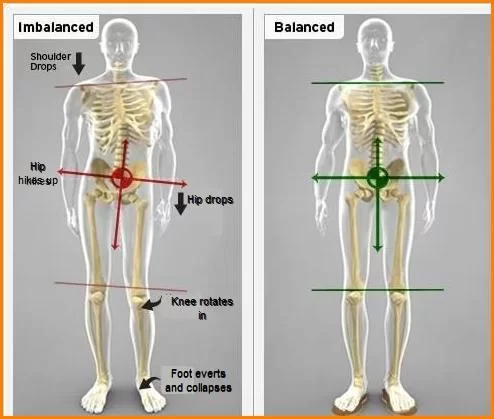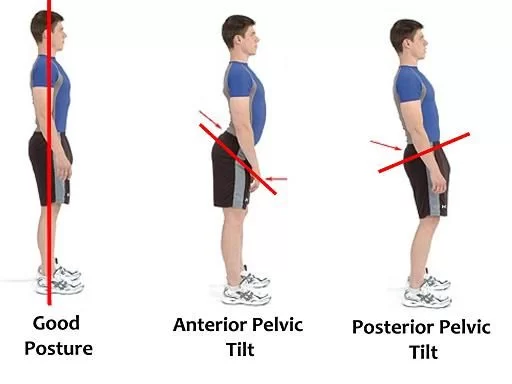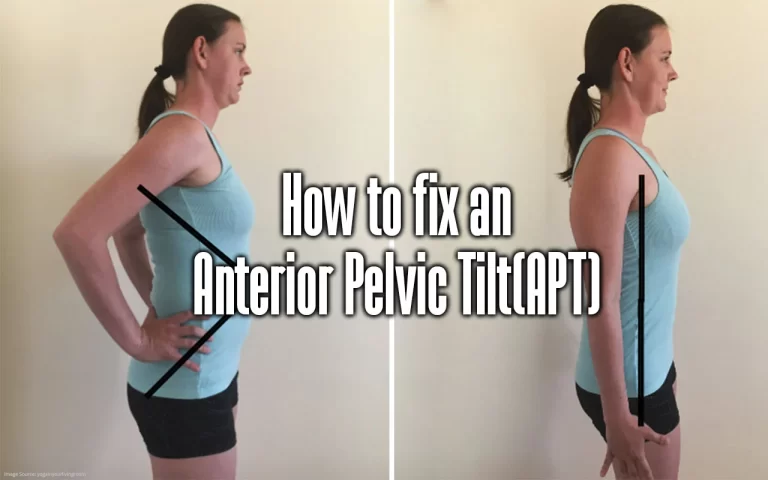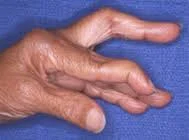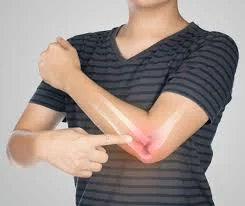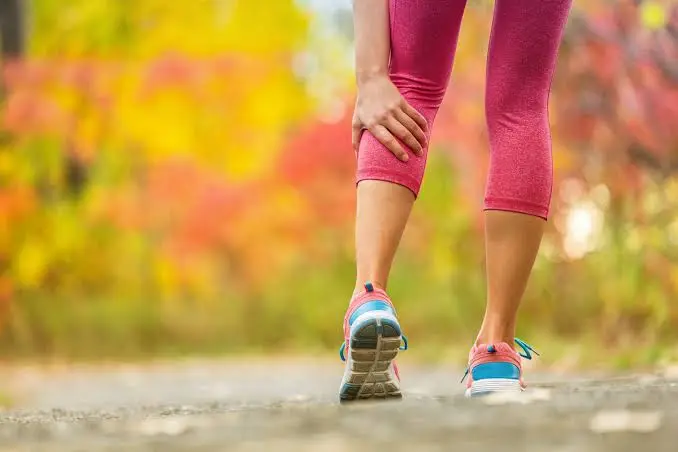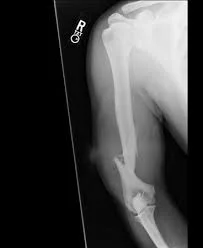Limited Range of Motion
What is a Limited Range of Motion? Limited range of motion (ROM) refers to the restricted movement capability of a joint or group of joints in the body. It can stem from various factors, including injury, disease, or congenital conditions. Range of motion plays a crucial role in everyday activities, sports performance, and overall quality…

